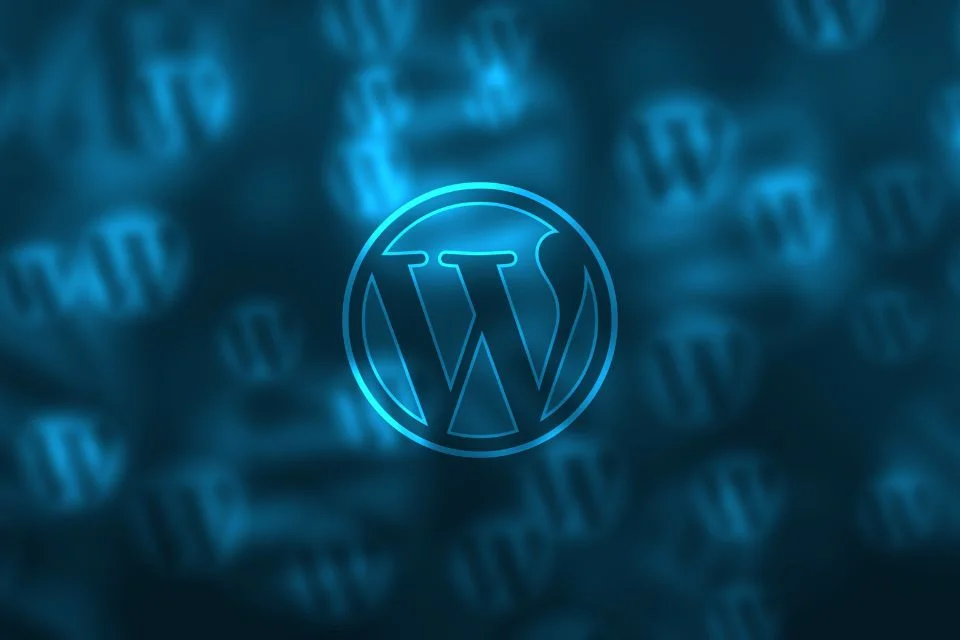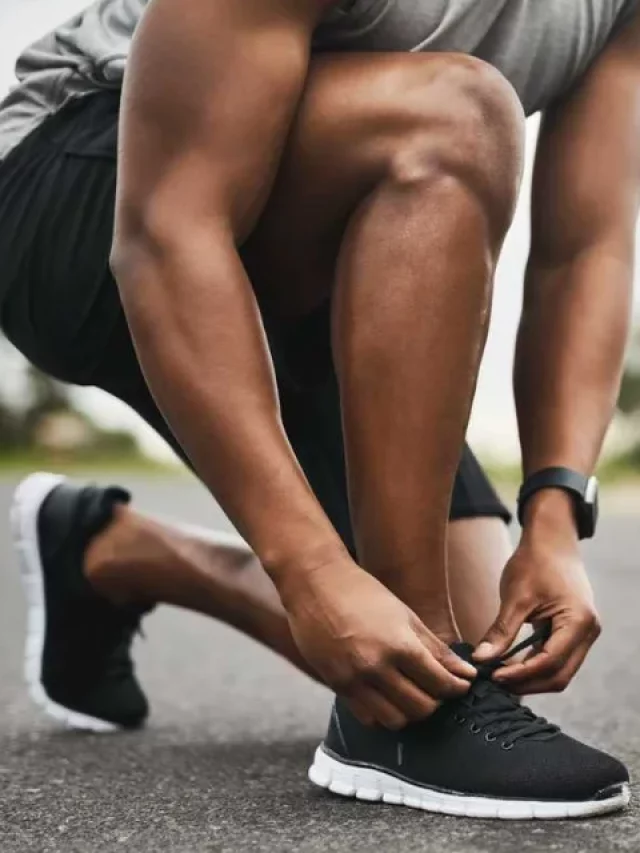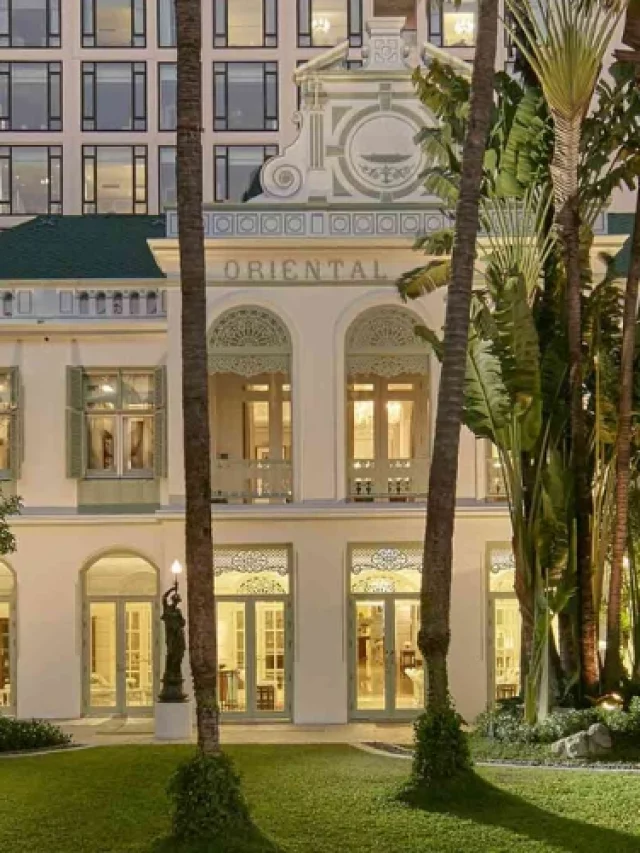Ways to Increase Your WordPress Security
The WordPress platform is one of the most widely used CMS platforms today, with an estimated 25% of all websites using it. While this also means that there are more targets for hackers, it doesn’t mean you should ignore security measures when using WP as a site builder. In fact, WordPress has its own dedicated Security Checklist. WordPress powers more than 400 million sites worldwide, and the majority of these sites are small businesses or personal blogs. These smaller websites don’t always have the same level of security protocols and access control as large enterprises might. This means that smaller sites are natural targets for malicious hackers and spammers who want to use them to host spam, malware, phishing scams, or other types of junk content.
1. Install the Latest Version of WordPress
Make sure you always use the latest version of WordPress. This is important because security issues are discovered all the time in various CMS platforms, and web hosting companies are known to be slow to release patches to fix those issues. When you’re using the latest version of WordPress, you can be sure that you have taken care of any potential issues related to security. Also, remember to update your WordPress plugins, too. Many WordPress plugins are updated much less frequently, and some are very old and could have serious security issues. These issues could have been fixed in the latest version of WordPress, but if you’ve got an old plugin version, it might not be patched and could put your website at risk.
2. Secure Your Website with HTTPS
If your website is not already running on HTTPS, you need to change that right away. Simply put, security is the single most important aspect of any website. Not only will it help with your visitor trust and confidence – but it’s also something that is necessary if you want to rank in Google. If your WordPress website is not already running on HTTPS, you need to switch it over as soon as possible. It’s important to do this during the initial build of your website, or else you’ll need to do a lot of extra work to make the change. You’ll also save yourself some headaches if you do this during the initial build.
3. Don’t Skimp on Passwords
Make sure you are not skimping on your username or password. This is the first line of defense for your website, so you don’t want to put it at risk with something easy to guess. Steer clear of common words that people might use as passwords, like your name, your spouse’s name, your kids’ names, the name of your pets, etc. And don’t use the same password on multiple sites, either. If your CMS platform allows two-factor authentication, you should definitely consider using it. Two-factor authentication (2FA) is an extra level of security that requires you to have both something you know (like a password) and something you have (like a special code sent to your cell phone). And, if you really want to make sure that your website is secure, use a password manager like LastPass to store all of your passwords. This will make it much easier for you to manage all of your passwords without sacrificing security.
4. Use a Firewall
If you are the administrator of your WordPress site, you can set up a firewall to monitor any traffic coming in and out of your site. Doing this can help you catch suspicious activity or malicious attacks before they become a problem. You can also set up a firewall to monitor all outbound traffic, which can be helpful if you’re worried about people scraping your data. There are many WordPress firewall plugins that you can use, but be sure that you’re picking one that is up-to-date and has the capabilities that you need. You’ll definitely want to choose a firewall plugin that is actively maintained and updated to the latest version of WordPress.
5. Protect Your wp-admin Directory
While this is not a directory that you’ll ever be accessing, it’s absolutely essential that you keep it closed off. Your wp-admin directory holds all of the administrative files for your WordPress site. This includes your database, your WordPress configuration files, and all of your login credentials and username/password information. Your wp-admin directory should have strict permissions. You should have a security plugin installed that automatically does this for you, but you can also set this up manually.
Conclusion
There are many ways to increase your WordPress security, but you definitely shouldn’t ignore this critical aspect of running a website. If you want your website to be as safe as possible, you need to follow these five tips. If you do so, you can rest assured that your site will be much safer, which will help keep your visitors happy and your site out of trouble. And with these tips in mind, you’ll have a much easier time keeping your WordPress site secure.






